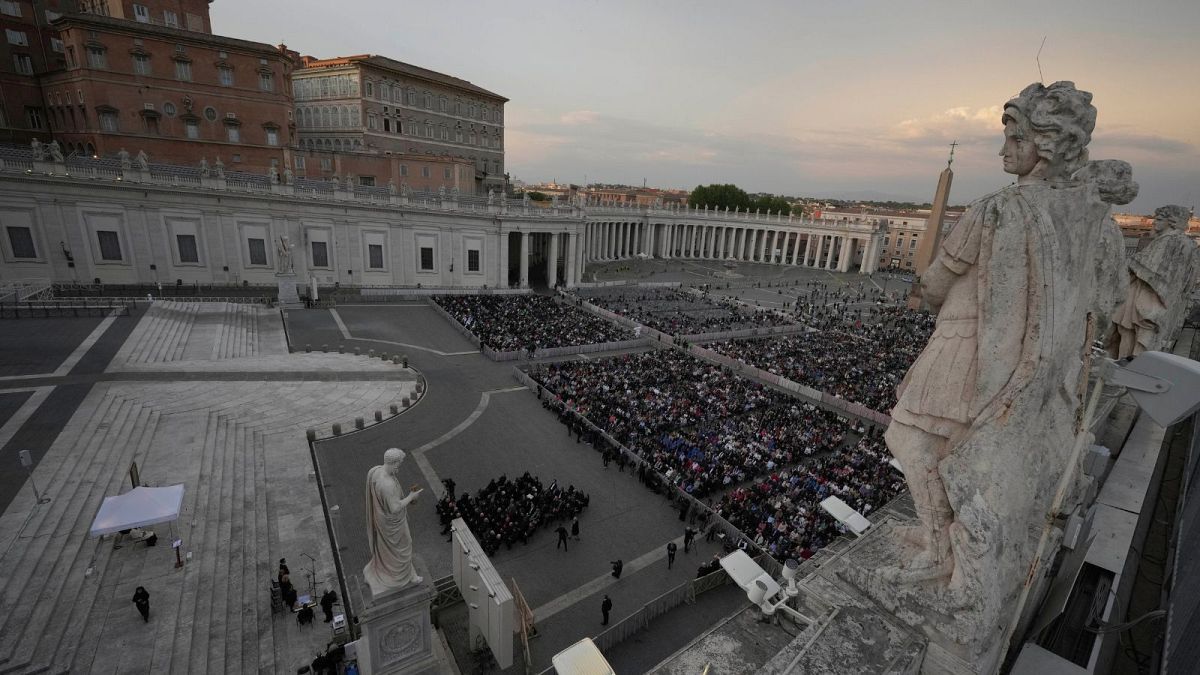Greater Israel is a concept that stems from the description of the Land of Israel featured in the Torah, an ancient Jewish religious text.
Based on its description, the boundaries of the biblical Land of Israel – the land promised to the Jewish people by God, as per the Jewish religious texts – stretched from the Euphrates to the “river in Egypt” (commonly interpreted as a reference to the Nile).
This region thus includes not just the modern-day Israel but also parts of the modern-day Lebanon, Syria, Jordan and Iraq, not to mention the Gaza Strip and the West Bank.
In 1967, the Movement for Greater Israel was formed in Israel shortly after the latter seized the Golan Heights, the West Bank, the Sinai Peninsula and the Gaza Strip during the Six-Day War.
The movement, which promotes the Greater Israel concept, called for keeping the captured land and settling it with Jewish settlers.
Years later, Israel’s current Minister of Finance Bezalel Smotrich has insisted in an interview for the “In Israel: Ministers of Chaos” documentary (released in 2024) that “the future of Jerusalem is to expand to Damascus.”
In September 2024, The Jerusalem Post published an article titled “Is Lebanon part of Israel’s promised territory?” which prompted accusations of promoting Israeli expansionism and has since been deleted from the newspaper’s website.
Israeli PM Benjamin Netanyahu’s recent declaration that the occupied Syrian Golan Heights would remain part of Israel "for eternity" also does little to dispel concerns about Israeli expansionist aspirations.
In light of the circumstances described above, it is hardly surprising that a number of Greater Israel-related theories sprung up.
One such theory claims that the two blue stripes on the Israeli flag are reference to the Nile and the Euphrates and symbolize Israel’s desire to expand in the space between these rivers. This accusation is rejected by Israel.
In 1990, Palestine Liberation Organization chairman Yasser Arafat claimed that the Israeli ten agorot coin design features the map of Greater Israel and thus serves as proof of Zionist expansionism. This claim is also rejected by Israel.

 4 months ago
34
4 months ago
34







 We deliver critical software at unparalleled value and speed to help your business thrive
We deliver critical software at unparalleled value and speed to help your business thrive






 English (US) ·
English (US) ·